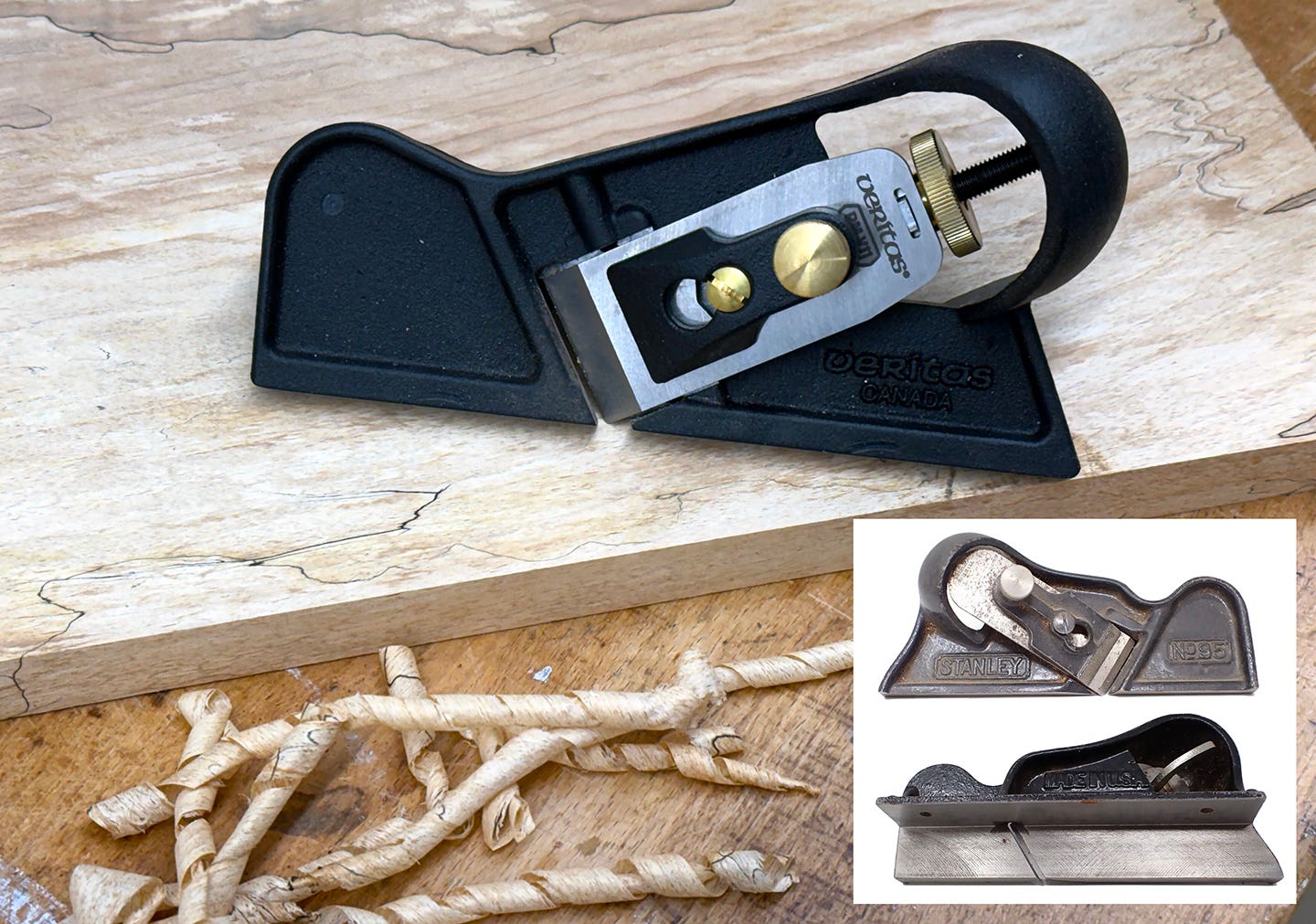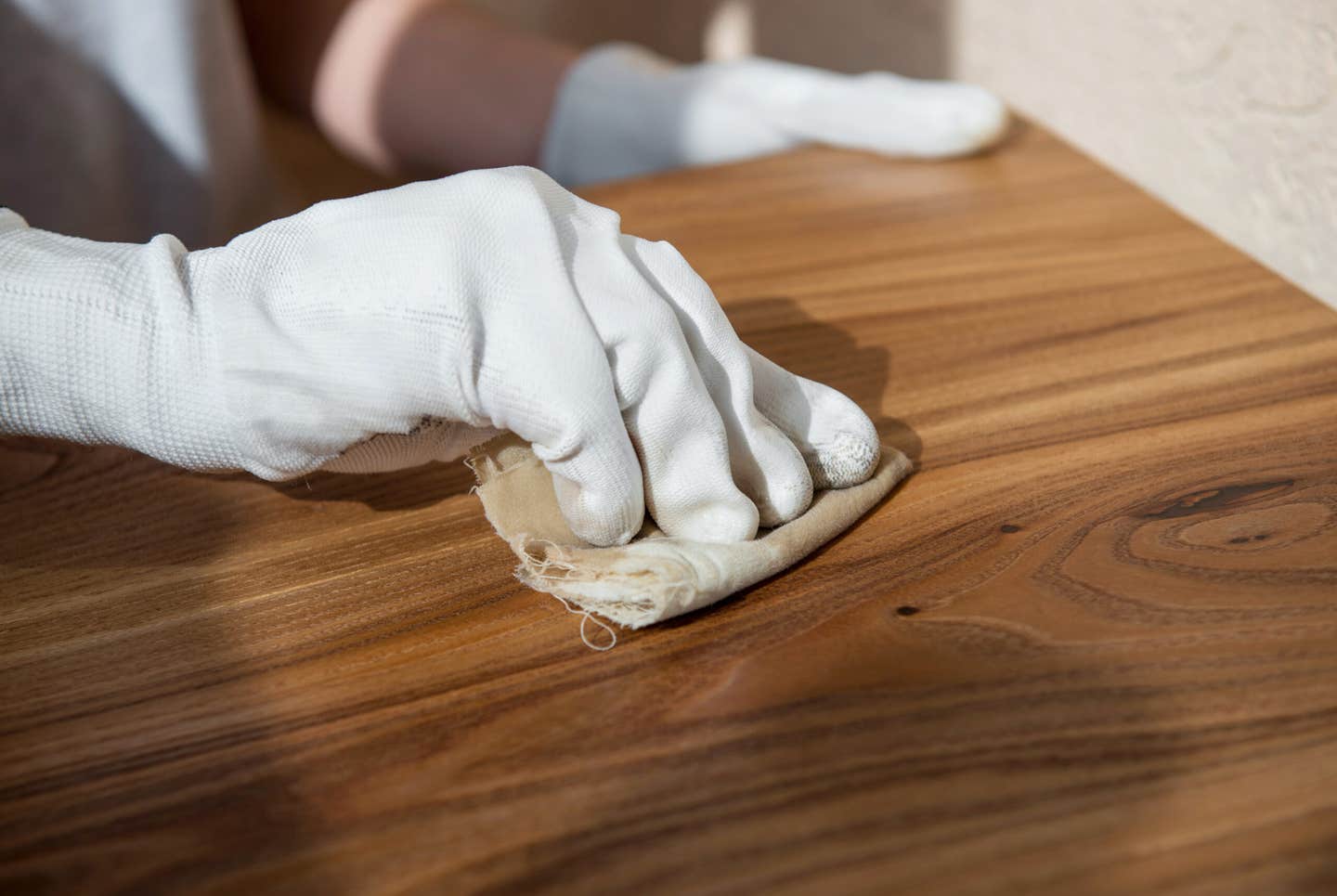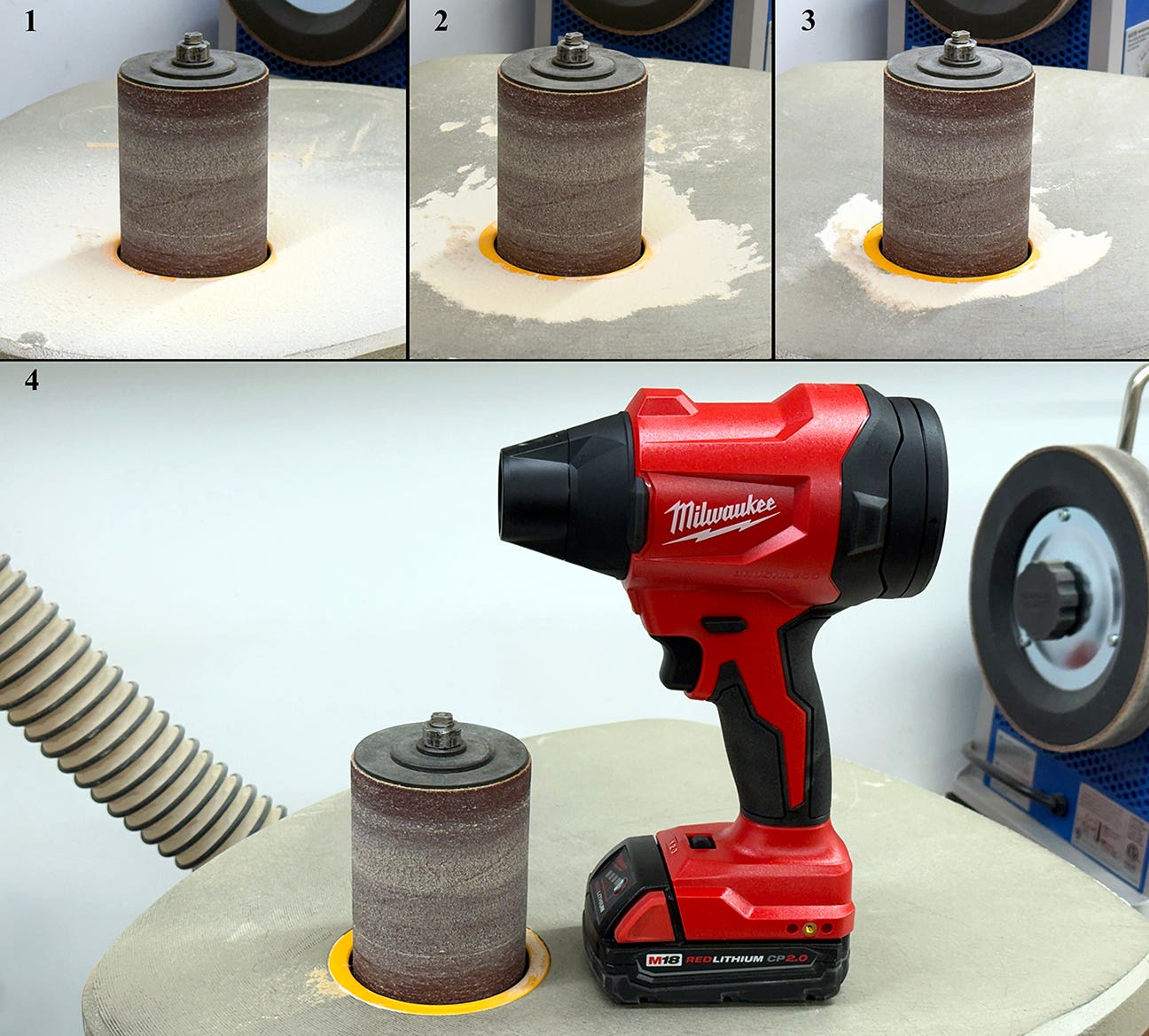Smaller and smaller
For a very long time now we have understood the difference between “nominal” and “finished” sizes. A 2×4 has not been two inches by four inches for many years now….
For a very long time now we have understood the difference between "nominal" and "finished" sizes. A 2x4 has not been two inches by four inches for many years now. And we have all pretty much accepted the explanation that the dimension "2x4" refers to the size at which the wood was sawn and that after "surfacing" it would be somewhat less than two inches by four inches.
What seems to be open to speculation and interpretation is just how much less "somewhat less" actually is. At one point it was in the neighborhood of 1-3/4" x 3-3/4", which seemed fairly reasonable because knocking off an eighth of an inch per side could be considered a justified trade off against the possibility of having to make a second pass. But over the years, it seems that lumber has gotten smaller and smaller, much like Snickers bars or the contents of bags of M&Ms without any really good explanation.
Today, a 2x4 can be as small as 1-3/8" x 3-3/8". Unless you can convince me that infeed rollers have gotten much more aggressive at chewing up wood, necessitating the removal of ever more material to yield a clean surface, I can only conclude that lumber is being cut smaller and smaller. Understandable, if you are thinking in terms of conservation and yield.
But what about sheet goods? Plywood and other engineered sheet goods are still being manufactured at 4x8. But now it seems that the thicknesses are shrinking. As with many things, over the last 20 years, we have come to understand that most of our sheet goods have been imported. And we also have understood that imported sheets are most likely sized to metric thicknesses. So a sheet of 1/4" plywood will not be 1/4" thick but 5mm. We even have "special" 5mm groovers for this imported material. But domestic sheets have still been 1/4" even though the core has mostly morphed from veneer core to MDF. But it was still 1/4".
But, now we are getting sheets that are neither 1/4" or 5mm thick. We are seeing 3/4" plywood sheets that are consistently running as much as a sixteenth of an inch under 3/4". Since this material is not subject to the same milling loss as solid stock, it is difficult to see how this can be explained. The only possible conclusion we can draw is that the manufacturers are trying to cut a few hundredths of a cent off of every sheet in order to boost profits. But I wonder where it will end.
D.D.
David DeCristoforo possesses an extensive resume as designer/maker of fine furniture, high-end cabinetry and architectural woodwork. His experience in professional woodworking spans a period of 35 years. For the past 20 years David DeCristoforo Design has been located in Woodland, California. During this time David's shop has ranged in scope from a "full on" cabinet production shop with as many as 15 employees to a small fine furniture and custom millwork shop, working with his son, David RBJ, a highly skilled maker in his own right.







